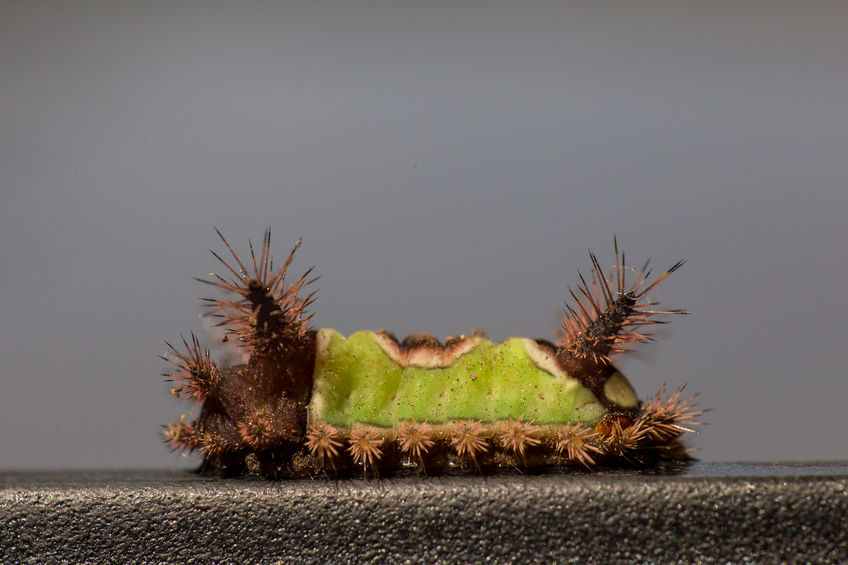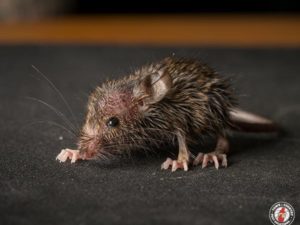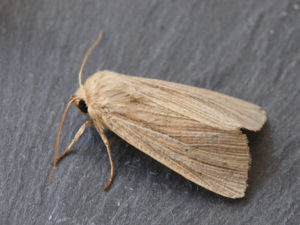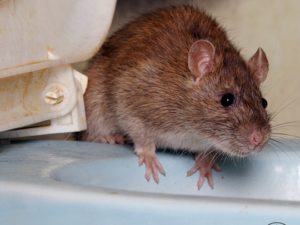
With the exception of wasps and honey bees, there are not many areas in upstate New York where venomous and potentially dangerous insects can be found. However, the caterpillars that are commonly known as “white hickory tussock moth caterpillars” can be found all over New York state, and these insect larvae are notable for the white porcupine-like spines protruding from their body. These caterpillars are being spotted in residential yards more often than usual in Albany and the Catskills. Simply touching one of these caterpillars will cause their spines to puncture skin causing venom to enter the bloodstream, resulting in extreme pain and potentially dangerous allergic responses in some individuals. Even those who are not allergic to this caterpillar species’ venom can experience vomiting and systemic symptoms following envenomation. While these insects may be the most dangerous caterpillar species that exist in upstate New York, the dreaded saddleback caterpillar is far more common in residential yards in the region. Much like the white hickory tussock caterpillar, the saddleback caterpillar’s body is covered in venomous spines that remain stuck in the skin until they are pulled out.
The saddleback caterpillar is considered a medically significant insect larval species and they are the most venomous of all slug caterpillars. Stings from these caterpillars rarely cause potentially fatal anaphylactic responses, but they do cause sting victims to develop severe pain, erythema, edema, dermatitis, and swelling. The severe pain of a sting can last for hours, and if the caterpillar’s venomous spines are not quickly removed, blistering and possible scarring can result. The “spines” that protrude from venomous caterpillar species are called “urticating hairs,” and these hairs must be removed with adhesive tape rather than fingers in order to avoid causing victims further pain. Like nearly all venomous caterpillar species, the saddleback caterpillar is easy to recognize on account of its two prominent horns located on each end of its two inch long and brown-colored body. When these caterpillars are encountered, even the most enthusiastic of insect nerds should avoid making contact, as there is literally no way of handling a saddleback caterpillar without suffering a painful sting.
Have you ever spotted a saddleback caterpillar within your yard?












